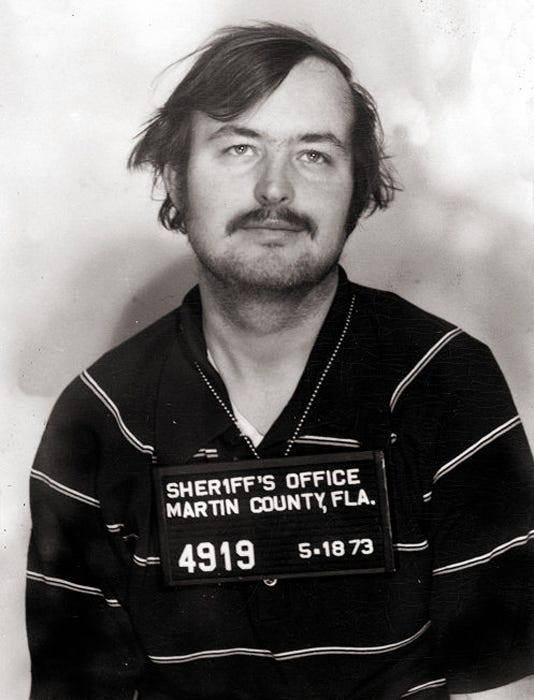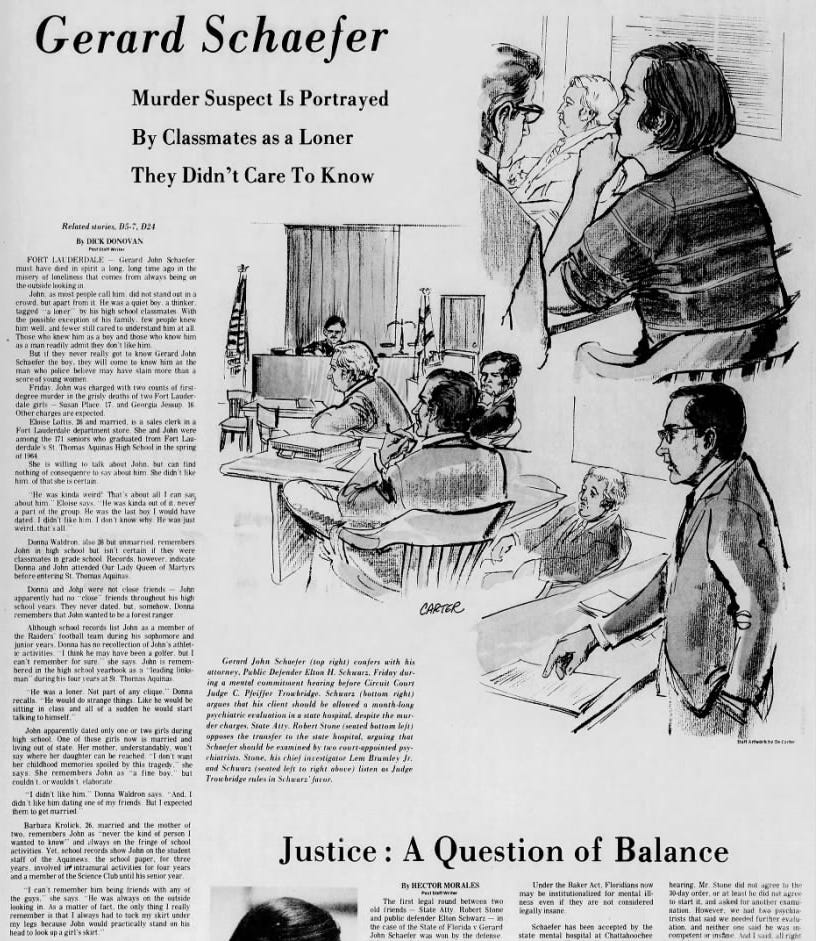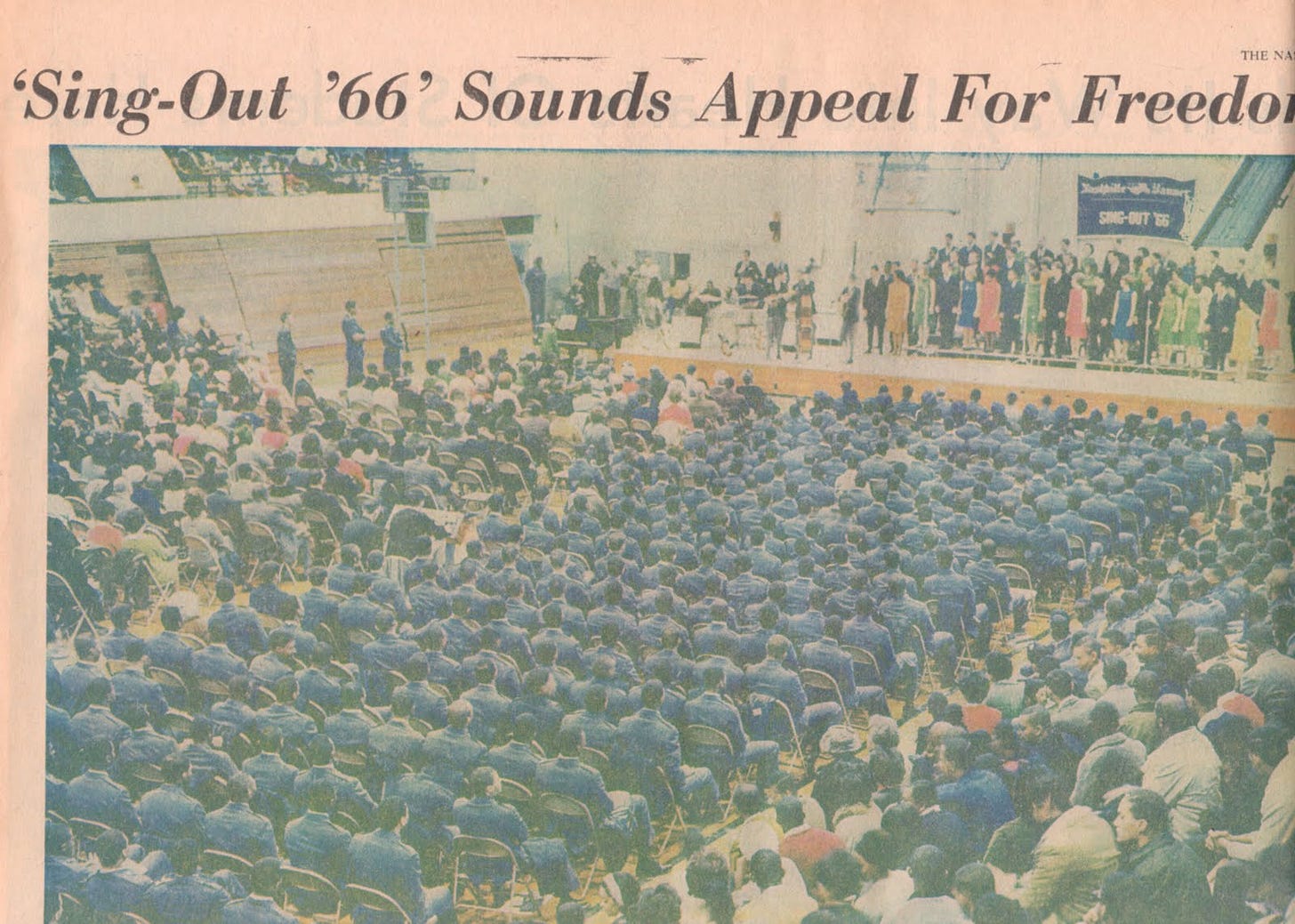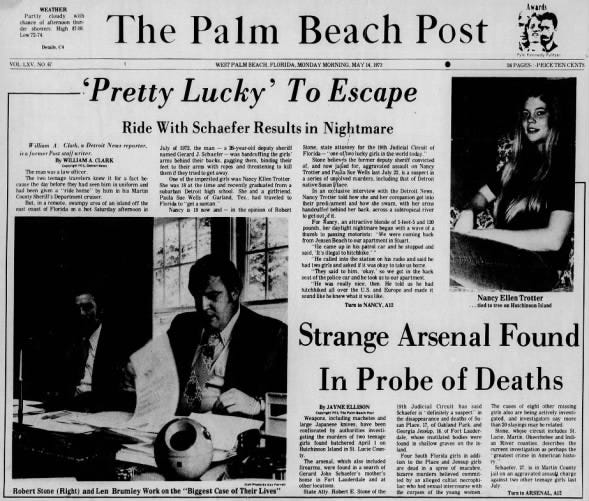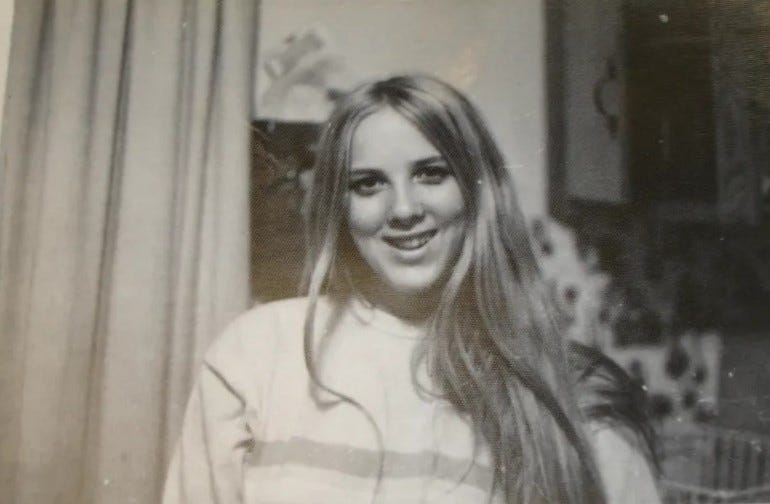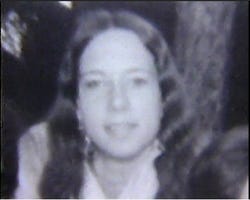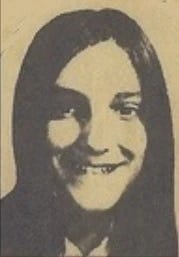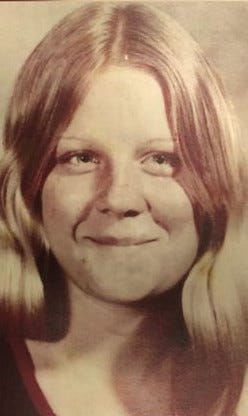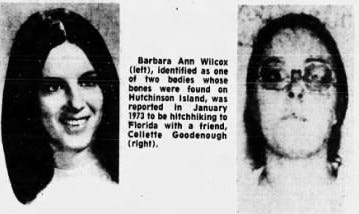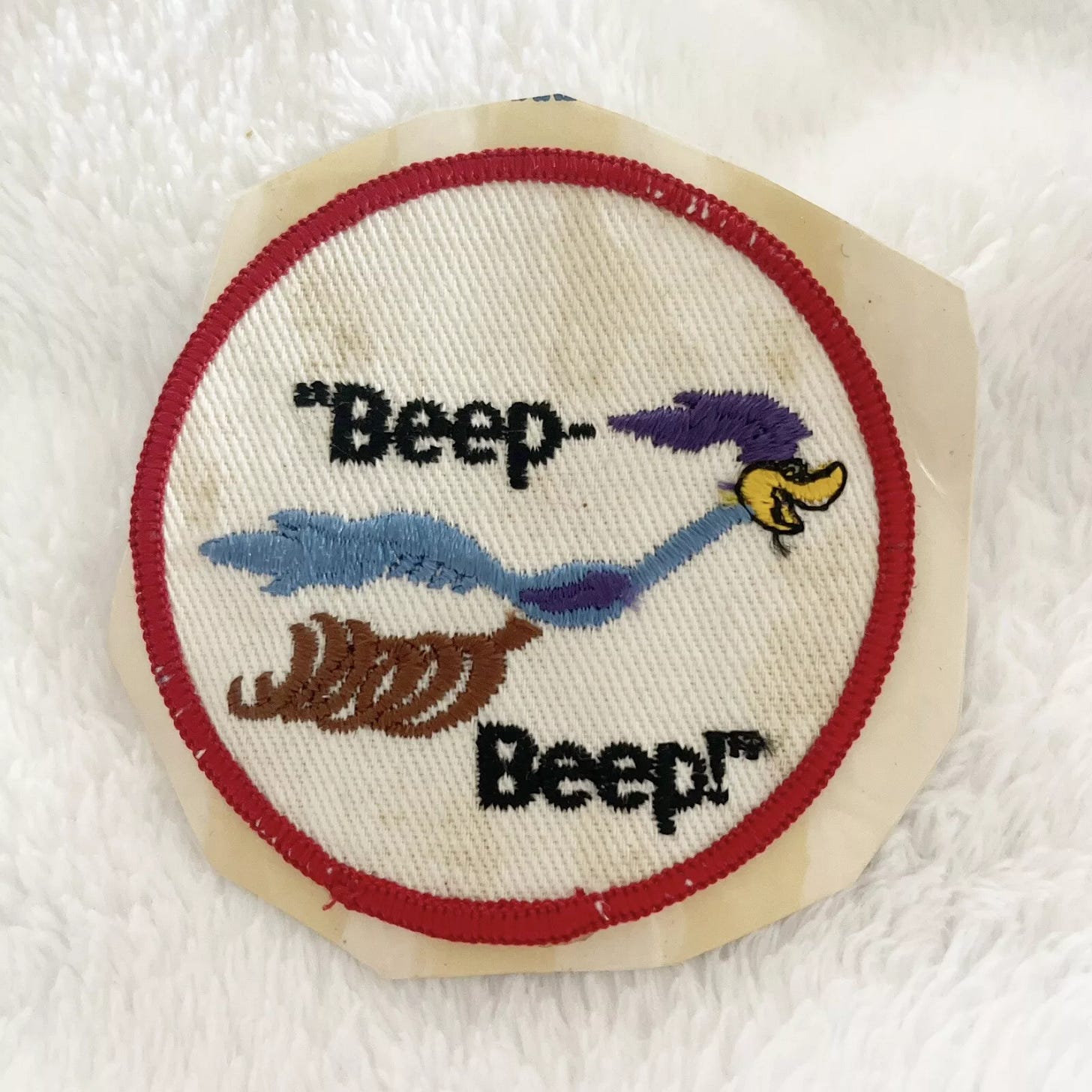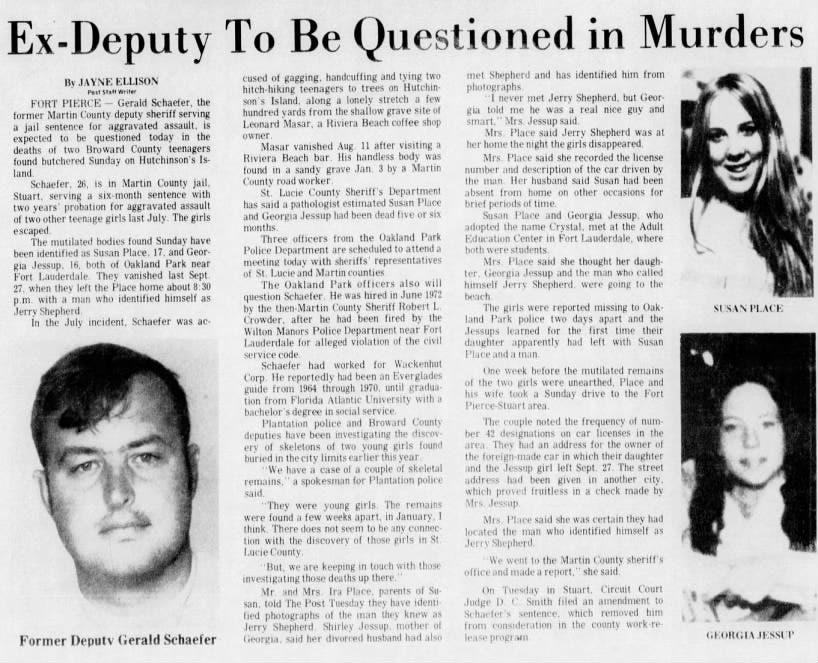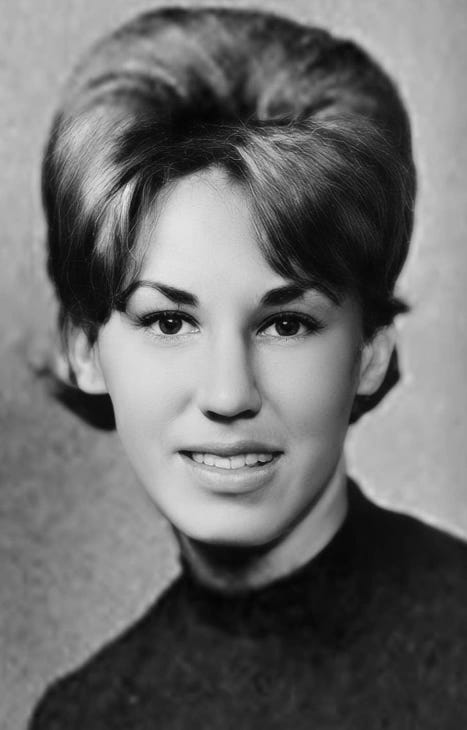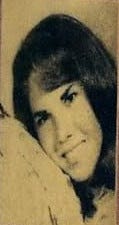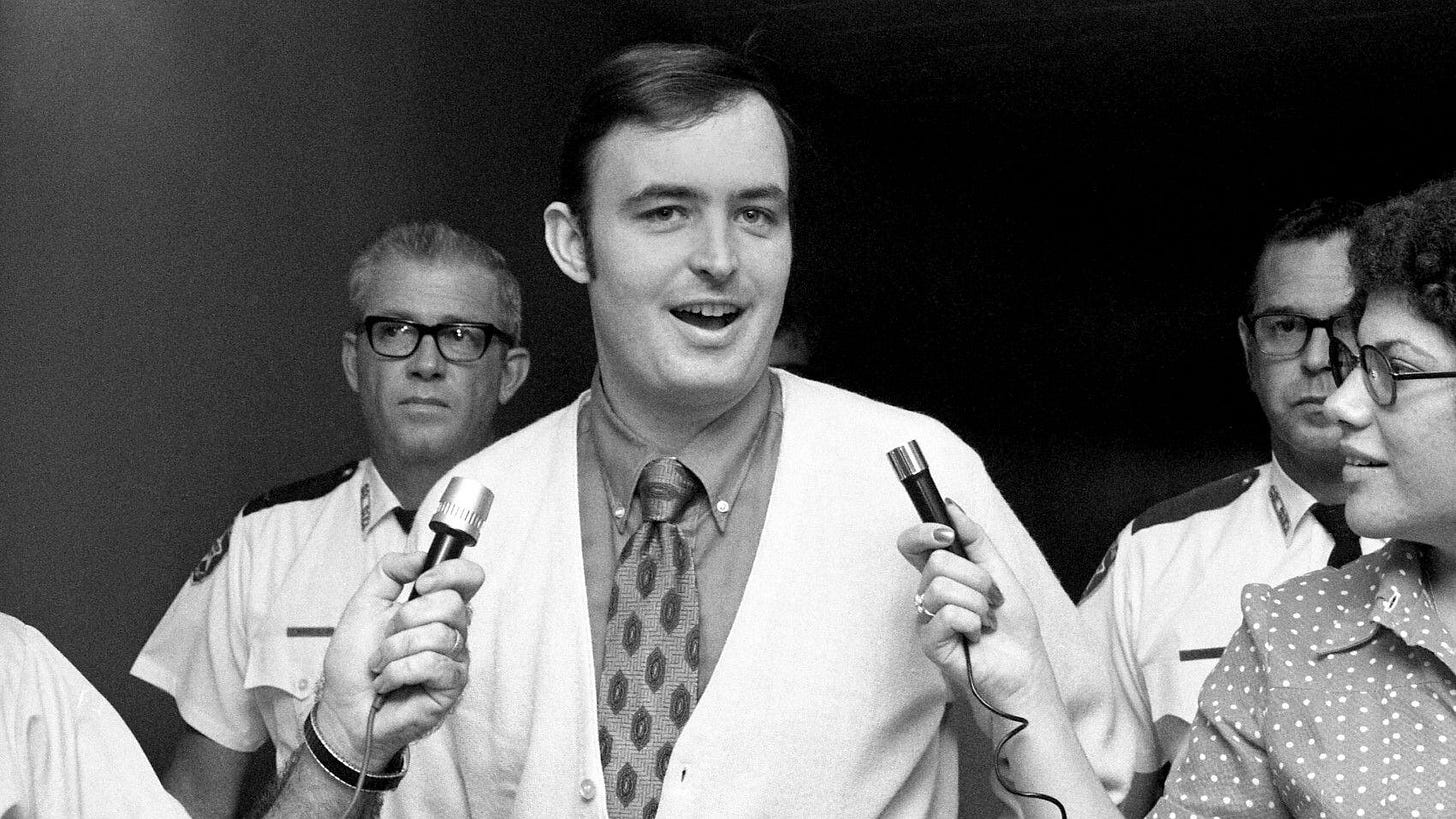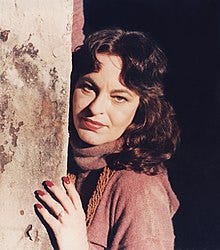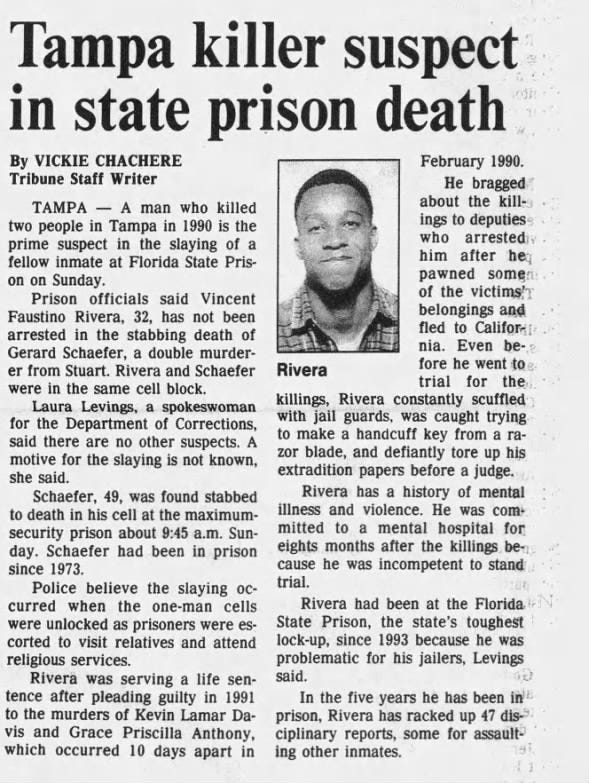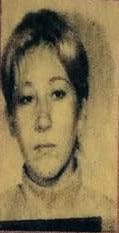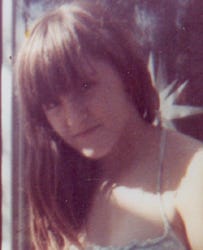The Butcher of Blind Creek: Gerard John Schaefer
By Request
Gerard John Schaefer Jr., also known by nicknames including the Hangman, the Killer Cop, and the Butcher of Blind Creek, was convicted in 1973 for the murders of Susan Place and Georgia Jessup, two teenagers from Florida. He is a suspect in dozens of other murders and cases of missing women.
Schaefer was the oldest of three children born to his namesake, Gerard John Schaefer Sr., and Doris Marie Schaefer née Runcie. He was born on March 26, 1946 in Neenah, WI, and raised in Nashville, TN, and then in Atlanta, GA, until 1960 when his family settled in Fort Lauderdale, FL.
Schaefer was close with his mother, a housekeeper, but described his childhood as "troubled" because of his father's verbal abuse. Gerard Sr was a traveling salesman and an alcoholic. Gerard Jr believed that his father resented him.
Schaefer’s first sexual fetish emerged in his teen years as he became a peeping tom. Former St. Thomas Aquinas high school classmate Barbara Krolick told the Palm Beach Post, "I can't remember him being friends with any of the guys. He was always on the outside looking in. As a matter of fact, the only thing I really remember is that I always had to tuck my skirt under my legs because he would practically stand on his head to look up a girl's skirt."
Another classmate, in an interview with the Palm Beach Post, described him as “weird,” and a third said that he was a loner who sometimes “all of a sudden start talking to himself.”
Schaefer also developed a cross dressing fetish, along with sexual fantasies of sadomasochism and bondage. In addition to having fantasies of torturing women, he is known to have inflicted pain on himself for pleasure, sometimes while wearing women's underwear, after which he would engage in autoerotic asphyxiation to achieve orgasm.
In spite of this, Schaefer was a promising student who was also on the varsity football team during his sophomore and junior years. He graduated from St. Thomas Aquinas High School in June 1964, then worked as a fishing guide in the Everglades before he decided to enroll at Broward Community College. After his sophomore year at Broward, Schaefer applied for a scholarship and transferred to Florida Atlantic University in Boca Raton in 1968.
In December of 1968, Schaefer married Martha "Marti" Louise Fogg. They met at Broward when he briefly toured with her singing group Sing-Out 66, a “patriotic alternative” to the hippie movement.
"The principles that guide these youngsters are certainly against the burning of draft cards and those extreme groups now opposing America's efforts in Viet Nam. To the Sing-Out '66 group, thank you for coming."
President Dr. W.S. Davis, then Tennessee A&I University (now Tennessee State)
In March 1969, Schaefer applied for a student teaching internship at Plantation High School, and he began on September 23 before being fired on November 7 after complaints from students and their parents about his behavior. In March 1970, Schaefer applied for another teaching internship at Stranahan High School. This internship began on April 2, and just seven weeks later he was let go from this internship as well.
Schaefer’s fantasies reportedly increased in both frequency and intensity as he got older, and his marriage quickly deteriorated due to his intense sexual demands and his extreme cruelty, as well as the amount of time he spent hunting and fishing. Their divorce was finalized on May 2, 1970.
Schaefer vacationed in Europe and North Africa following his divorce before returning to Florida, where he found work as a security guard. In January 1971, he met a 19-year-old named Teresa Dean, and they married in Fort Lauderdale on September 11 the same year. According to Schaefer, this second wife willingly submitted to his sexual demands, and shared his passion for fishing.
On September 1, 1971, Schaefer applied for a job with the Wilton Manors police department, failing to mention that he had been fired multiple times the previous year. Instead, he claimed he had two years experience as a research assistant at Florida Atlantic University, and that he had recently returned from Morocco.
Schaefer's experience wasn’t verified and he began working as an officer of the Broward County Police Department in September 1971. Schaefer did not last very long with the Wilton Manors police; he was quickly let go when his supervisors learned that he was stopping cars driven by women so that he could get their contact information and personal details to contact them for dates.
Schaefer was already searching for a better job, and he forged a letter of recommendation from Wilton Manors to get one, and began working as a deputy of the Martin County Sheriff's department on June 23, 1972.
Less than a month later, on the afternoon of July 21, Schaefer stopped to pick up two hitchhikers, 18-year-old Nancy Ellen Trotter and 17-year-old Paula Sue Wells. He drove them to their destination, warning them about the dangers of hitchhiking.
When he found out that they still intended to hitchhike to Jensen Beach the next day, Schaefer offered to drive and they agreed to meet up with him in the morning. When Schaefer came to pick them up, he was out of uniform and driving his personal vehicle. He convinced them he was on duty; plain-clothed, undercover, and driving an unmarked car.
Schaefer again lectured the girls about hitchhiking and also “being sold into white slavery" before stopping close to a run down shed in a remote forest near the Indian River.
He handcuffed them, gagged them, then took one victim to a nearby tree where he tied her legs to the trunk just below the knees, put a noose around her neck, and forced her to stand on a narrow exposed tree root before he tied the noose to a branch.
Schaefer then took the other victim to another tree where she was bound in a similar fashion. He told them that they would be raped and murdered, but an urgent radio dispatch demanding he report to the police station immediately came across his radio. He left the girls bound to the trees, warning them not to try to run away because “I'm not going to be very far down the road." He told them he was meeting with someone that he intended to sell them to.
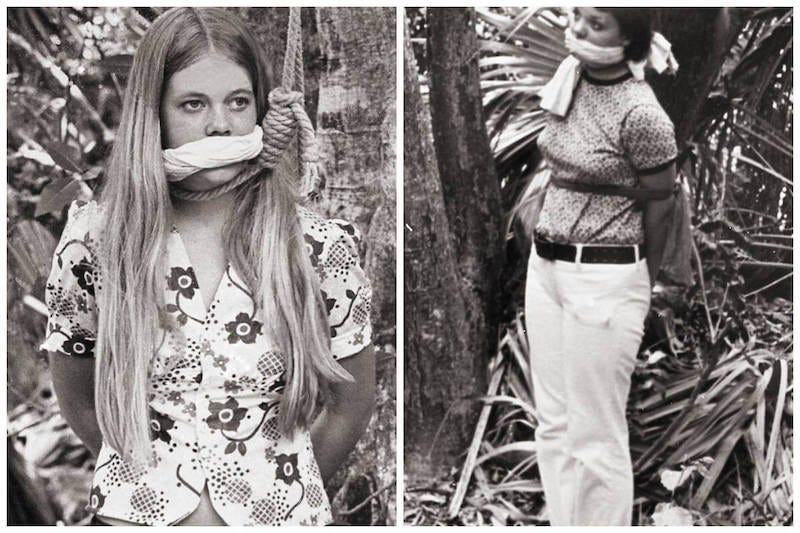
When Schaefer returned about two hours later, both girls had escaped sending him into a panic; he drove back to his house as quickly as he could, and called Sheriff Robert Crowder, telling him, "I've done something very foolish; you'll be mad at me."
Schaefer claimed that he had decided to teach two girls a lesson about hitchhiking but that he "overdid the job," explaining to his boss that he had abandoned the girls not far from the Indian River.
Crowder and Lieutenant Melvin Waldron immediately headed out to conduct a rescue, and soon found a desperate, still gagged Nancy Trotter with her hands still bound behind her back kicking her way through the river. As they slowed to a stop, the distraught teen stumbled up the riverbank towards them, her jeans and blouse shredded.
After removing the gag from the Trotter’s mouth, officers heard her terrified words about her friend was still out there in the forest somewhere. She was relieved to learn that her friend was already with the police; a truck driver had found Paula Wells in the woods near the highway nearly an hour earlier. Trotter was reunited with her friend at the police station, where they told their story to the Sheriff.
They had both managed to escape despite knowing that if they slipped they would hang themselves. Schaefer insisted that he had just been demonstrating the dangers of hitchhiking, but he was placed under arrest anyway, with Sheriff Crowder instructing his deputies to file charges of false imprisonment and aggravated assault. He was subsequently fired.
Schaefer posted $15,000 bail, and he returned to the house he and his second wife rented in Stuart. He got a job at a Kwik Chek; his wife and in-laws did not see any changes in his demeanor, and believed his story that he was just "trying to teach [the hitchhikers] a lesson".
On September 27, 1972, Schaefer abducted 17-year-old Susan Carol Place and 16-year-old Georgia Marie Jessup. The two friends met Schaefer while all three attended an adult education center in Fort Lauderdale. Schaefer introduced himself to the friends as Jerry Shepherd from Colorado.
On the afternoon that the disappeared, Place's mother, Lucille, came home to find her daughter "straightening her room" while Jessup sat on a chair; they introduced Lucille to a man in his 20s whom they referred to as "Jerry". Place told her mother that they were going "to the beach and play guitar."
Place's mother got suspicious after "Jerry" made a point to assure her of his good intentions, and she took down the license plate number on his 1969 Datsun. Place tearfully told her mother that she would be gone "just for a little while,” and the girls left with Schaefer around 8:45 P.M.
After four days, Lucille contacted Jessup's mother, Shirley, and learned that Georgia had “run away” on the same day, and that she had not heard from either of them since the 27th. Both Place and Jessup were then reported missing to the Oakland Park police.
Lucille gave investigators the license plate number she had written down and a description of the man she had met. The registration was traced to an entirely different make and model of car that belonged to a person who did not resemble "Jerry Shepherd," and who had a firm alibi for the 27th.
The only Jerry Shepherd living in Fort Lauderdale was also eliminated from suspicion and by early 1973, the disappearances were a cold case. Remains later identified as Place had a gunshot wound to the lower jaw consistent with a .22 caliber bullet.
On October 26, 1972, 14-year-old Mary Alice Briscolina and 13-year-old Elsie Lina Farmer vanished while hitchhiking to a restaurant from a Lauderdale-by-the-Sea motel, less than a month after Place and Jessup were last seen. Their bodies were recovered in undergrowth close to Sunrise Boulevard, not far from the city of Plantation, early the following year. Both were found with their legs spread apart.
The girls’ remains were discovered six months later, on April 1, 1973, by a father and son looking for discarded aluminum cans on Hutchinson Island, about six miles from where Trotter and Wells had been attacked. Briscolina had been severely beaten, and several of her fingernails were torn away suggesting an intense struggle. Farmer had been bludgeoned to death. The remains of both were mutilated.
Briscolina's friends told authorities that she and Farmer often visited an apartment rented by the older sister of Briscolina's boyfriend, an individual they knew as Gary Shepherd (later identified as Schaefer by several people) who claimed to be a former Wilton Manors police officer.
In December 1972, Schaefer appeared in court in relation to the Trotter and Wells abductions. Due to a plea bargain his attorney strongly recommended he accept, Schaefer pled guilty to just one charge of aggravated assault, for which he received a sentence of one year in jail with the possibility of parole after six months, followed by three years of probation.
When passing sentence on December 22, Judge D. C. Smith allowed Schaefer's formal sentencing to be postponed until "after the holidays," and Schaefer didn’t begin serving his sentence in Martin County jail until January 15, 1973.
Suzanne Gale Poole, 15, was a Fort Lauderdale teenager reported missing by her family from their Broward County trailer park shortly before Christmas 1972, just months after Trotter and Wells were picked up by Schaefer.
On January 11, 1973, 19-year-old hitchhikers Collete Marie Goodenough and Barbara Ann Wilcox disappeared hitchhiking from Sioux City, Iowa, to Florida. They were last seen alive in Biloxi, Mississippi. Schaefer made a long-distance phone call from Cedar Rapids, Iowa, to his home in Florida shortly before their disappearance. Cedar Rapids is about a 4 hour drive from Sioux City.
A father and son discovered decomposed remains inside and around of a hole that had been dug over 200 feet from the nearest dirt road in Oak Hammock Park, Port Saint Lucie, Florida. It was two feet and three inches deep, and there were deep scratch marks on the base of the tree immediately beside it suggesting that someone had been bound to the trunk.
One victim wore remnants of blue jeans with a circular patch of the cartoon character Road Runner; the other was nude, a pile of clothing found in nearby underbrush. The victims were found about 5 miles from where the first two girls had been tied to a tree the previous summer, and the remains had been scattered by animals.
They had been bound before being murdered, and several bones were completely severed with a blade of some kind, their spinal cords were severed in multiple locations, their jawbones had multiple fractures, and they were decapitated. Damage to the bark of a tree near the grave revealed torn clothing fibers and suggest the victims were suspended from it. Additionally, the initials "G.J." had been carved into the trunk.
The morning of June 16, 1974, a man and his sons found additional skeletal remains in a swampy, wooded area of Singer Island known as Burnt Bridges. In 2022, these skeletal remains were finally identified as Suzanne Gale Poole. Genetic genealogists helped the Palm Beach County Sheriff’s Office identify Poole, previously known only as “Singer Island Jane Doe.”
“She was tied up in the mangroves with wire to a tree,” Palm Beach County Detective Bill Springer said at a news conference. “She was skeletal remains, totally nothing left of her except bones.”
Since the remains were found bound to a mangrove tree, Palm Beach County authorities suspect Schaefer killed her.
In March 1973, Lucille Place discovered a letter from "Jerry Shepherd" in her daughter's bedroom, and she decided she would drive to the return address, 333 Martin Avenue in Stuart, Florida. She learned from the building manager that "Jerry Shepherd" was Gerard Schaefer and that he was recently sent to jail for the abduction and attempted hanging of two girls. Schaefer denied ever having met Place or her parents, but Lucille identified Schaefer as "Jerry Shepherd" by photograph.
The location, initials, and unlikely similarities between the disappearance and murder of Collete Marie Goodenough and Barbara Ann Wilcox and the earlier abduction, along with positive identification by Lucille Place, was enough to secure search warrants for Schaefer's home and vehicle, as well as his mother’s home in Fort Lauderdale.
At his mothers’ house, inside a locked bedroom, police found hundreds of pages containing gruesome stories which Schaefer had written. The stories are about kidnapping, humiliation, rape, and execution by hanging of teenage girls and young women referred to as "whores," "sluts," and "harlots." Some contain illustrations.
The writings reveal his sexual fascination with torture and execution, particularly asphyxiophilia, as well as urophilia and coprophilia (urination and defecation), both before and at the time of death by hanging. Some of the stories resemble crimes he is known to have commited. He was also known to return to the scene of his crimes to either collect trophies or commit acts of necrophilia with dismembered bodies.
Also found at his mother’s Fort Lauderdale residence were eleven guns, bags filled with live and spent cartridges, thirteen hunting knives, sections of rope, and a collection of softcore pornography magazines modified to depict urinating women bound with ropes, hanging from trees or other makeshift gallows, or with bullet wounds.
Other images include dozens of Polaroids depicting Schaefer in female clothing simulating his own hanging in this manner, and still more that depict women who have been hanged and/or mutilated; authorities were unable to identify the subjects of these photographs.
Police also found a letter dated July 20, 1971, from a friend he made traveling in Morocco in 1970. Found with the letter were a large number of pictures, several of which depict women who have been mutilated with bladed weapons.
Investigators found a jewelry box that contained women’s passports and driver’s licenses and jewelry like a gold locket inscribed "LEIGH," which was determined to belong to Leigh Hainline Bonadies, a neighbor of Schaefer's when both were teenagers. Bonadies had been missing since September 1969.
Leigh Bonadies, then 24, disappeared after telling her husband about a job opportunity with the CIA. Schaefer claimed she never returned a call to him regarding a ride to the airport; authorities believe that he murdered her. Her skull was found with three bullet holes in it at a construction site in Palm Beach County in 1978.
Also recovered was a driver's license belonging to Barbara Ann Wilcox, a passport belonging to Collette Marie Goodenough, and teeth and bone that authorities determined belonged to a minimum of eight different victims. A distinctive gold chain and Madonna pin belonging to Mary Alice Briscolina was also found in Schaefer’s jewelry box.
Schaefer's own residence in Martin County yielded two human teeth in a plastic container in the master bedroom, knives and firearms, and a bloodstained pillowcase. Carmen Hallock, 22, disappeared after talking with her sister in law about a date she was going on later that night with Schaefer where they would discuss a government job. She was wearing a black chiffon dress.
The teeth that were recovered at Schaefer’s home were determined to be Carmen’s, as was a gold shamrock pin that she often wore, and one of the stories that Schaefer had written that police found in his mother’s house was about the mutilation and hanging of a woman wearing a black chiffon dress.
In addition, Jessup's purse was found in the possession of Schaefer's wife, who told police that he gave her the purse as a gift around November of the previous year, just over a month after the girls had gone missing. He tried to convince both her and her brother, his brother-in-law Henry Dean, to get rid of the purse because the police might use it to frame him. His brother-in-law instead gave the purse to the police.
A list of twenty-eight murdered or missing women presented as victims of Schaefer was leaked and published not long after, the majority of whom were from Florida, except for two victims from Iowa and two victims from West Virginia. This list is known to contain the names of women who were either alive at the time of his arrest as well as women known to have died from other causes.
On May 18, 1973 Schaefer was formally charged for killing Place and Jessup; he was held without bond pending trial and undergo thirty days of psychiatric examinations at Florida State Hospital in Chattahoochee.
Schaefer was determined to suffer from paranoia, psychosis and acute sexual deviance; he viewed himself as "an eliminator of women he deemed immoral." He was, however, deemed mentally competent to stand trial. He declared that he was innocent.
Schaefer was brought to trial on September 17, 1973 in St. Lucie County before Judge Trowbridge. Although Schaefer did testify at the pretrial hearing (where he denied any involvement in the murders of Place and Jessup and claimed he was unable to recall his whereabouts at the time), he did not testify at his trial based on the advice of his attorney.
The jury deliberated for just over five hours before finding him guilty on both counts of first-degree murder. When asked if he had anything to say prior to sentencing, Schaefer asserted his innocence, and also requested that he be sent to a psychiatric hospital. Schaefer was sentenced to two concurrent life sentences in prison.
Lucille Place, Susan’s mother who had helped identify her daughter’s killer, told reporters that, "At first I thought I'd like to see him dead, but I think people suffer more with confinement… death is the easy way out. Just as long as he's never on the streets again."
Schaefer maintained his innocence, claiming that he was framed by overzealous prosecutors, corrupt law enforcement, and even his defense attorney, Elton Schwartz, who married Schaefer's second wife in December of 1973.
Although maintaining his innocence and claiming to have never met either victim, he frequently and falsely described Place and Jessup as heroin users, police informants, and promiscuous, and he sometimes insulted their parents as well.
Many of his fellow inmates suspected Schaefer of being an informant and in the early years of his confinement, he was placed in solitary confinement for prison mail violations on more than one occasion, like attempting to persuade members of the public to mail him female undergarments.
He spent most of his time devoted to his correspondence and what he described as a "new writing genre" he called "killer fiction". He described this genre as not glorifying violence, but enabling someone to see acts of murder and necrophilia in graphic reality from the killers perspective. He claimed these writings were fictional, but police believe these writings incorporate his own actual criminal activities.
In 1983, Schaefer was transferred to the Avon Park Correctional Institution, where he assisted authorities in collecting evidence to convict pedophile Mervyn Eric Cross, who had been operating an international child pornography operation from prison.
The information Schaefer provided also resulted in the arrest and conviction of two perpetrators, one of whom was a schoolteacher, as well as the seizure of thousands of indecent images of children across four states.
Cross was transferred to Florida State Prison and placed in solitary confinement, with his mail closely monitored. Schaefer returned to Florida State Prison in August 1985.
Schaefer filed several frivolous lawsuits from prison, including one filed against true crime writer Patrick Kendrick in 1993, who responded to a letter from Schaefer in which Schaefer, masquerading as a college student, asked for advice on how to overcome nervous intimidation when meeting the "deadliest killer ever" believed to be "worse than Ted Bundy".
In response to this letter, Kendrick tersely responded there was little reason to be intimidated by Schaefer, who he called "a middle-aged, pale and doughy wimp, who preyed on victims that were physically and psychologically weaker than him."
Schaefer filed a $500,000 lawsuit which was ultimately settled out of court with prejudice. Kendrick agreed to provide Schaefer with a copy of the section of his manuscript which contained the revised list of his proposed victims, including those which Kendrick's research had revealed he could not have committed. He also sued true crime authors Sondra London, Colin Wilson, and Michael Newton and former FBI agent Robert Ressler for describing him as a serial killer in print.
London dated Schaefer in high school briefly, and interviewed Schaefer following his conviction. She eventually published a compilation of his short stories and drawings entitled Killer Fiction in 1990.
A second book, Beyond Killer Fiction, followed two years later. The stories within Killer Fiction and Beyond Killer Fiction typically involve the graphic torture, mutilation and murder of young women, usually from the perspective of the killer, who is often a police officer.
Schaefer remained adamant these stories were fictional, and that he had started writing stories of this nature after having been inspired by Herschell Gordon Lewis's 1963 movie Blood Feast. Police and prosecutors viewed the content as thinly veiled descriptions of his actual crimes and, in private letters to his attorneys, Schaefer admitted these speculations were true; he claimed that his story "Murder Demons" specifically recounts the murders of Briscolina and Farmer.
A revised edition of Killer Fiction, published after Schaefer's death, includes numerous stories and rambling articles from the first two books along with a collection of letters to London, in which Schaefer claimed to be responsible for many, many murders of women and girls. He also claimed that fellow serial killer inmate Ted Bundy admired and envied him and accused Bundy of “playing at copycat.”
"When I nabbed Jessup and Place, I had been in the ghoul game for almost ten years, so I knew what to expect from these juicy young creatures at the end ... Doing doubles is far more difficult than doing singles, but on the other hand it also puts one in a position to have twice as much fun. There can be some lively discussions about which of the victims will get to be killed first.
When you have a pair of lively teenage bimbolinas bound hand and foot and ready for a session with the skinning knife, neither one of the little devils wants to be the one to go first, and they don't mind telling you quickly why their best friend should be the one to die."
excerpt of a letter from Schaefer to author Sondra London, detailing the murders of Place and Jessup, 1992.
London noted that at the time Schaefer was corresponding with her, he was publicly proclaiming his innocence and threatening to sue anyone who called him a serial killer. In one letter, Schaefer claimed to have begun murdering women in 1965, at age 19; in another, he claimed to be responsible for the December 1969 disappearance of two schoolgirls, nine-year-old Peggy Rahn and eight-year-old Wendy Stevenson, whom he claimed to have kidnapped from Pompano Beach and cannibalized. Publicly, Schaefer denied any involvement in these crimes.
London ended her collaboration with Schaefer in 1991, shortly after publicly repudiating his claims that he was merely a "framed ex-cop" who wrote lurid fiction. Upon hearing that he had been publicly rebuked by London, Schaefer allegedly threatened her life repeatedly. One of the many frivolous lawsuits he filed was directed against her for publicly referring to him as a serial killer in print.
In support of her defense against this lawsuit, London compiled photocopies of five hundred hand written incriminating pages of Schaefer's correspondence. The judge immediately dismissed Schaefer's lawsuit. His lawsuits against Newton and Wilson were likewise dismissed after London provided copies of the five-hundred pages to them.
As a bizarre side story, Sondra London also collaborated with another Florida serial killer, Daniel Rolling, on The Making of a Serial Killer: The True Story of the Gainesville Murders in the Killer's Own Words. Rolling's relationship with London developed while he was in prison, and Rolling and London became romantically involved, and eventually engaged to be married.
Family members of Rolling's five victims accused London of trivializing and making a mockery of their children's deaths. During a sentencing hearing in 1993, after Circuit Judge Thomas Sawaya pronounced a sentence for the robbery conviction, he gave Rolling the opportunity to speak. Instead of addressing the court, Rolling said, "Sondra, they might keep you from me, but I want you to know they can't stamp out the love and affection that I have for you in my heart."
Rolling then proceeded to serenade London with a love song he had written for her, which included the lyrics, "Just tell me, baby, what were my words, as all my tears run together, baby, just like rain."
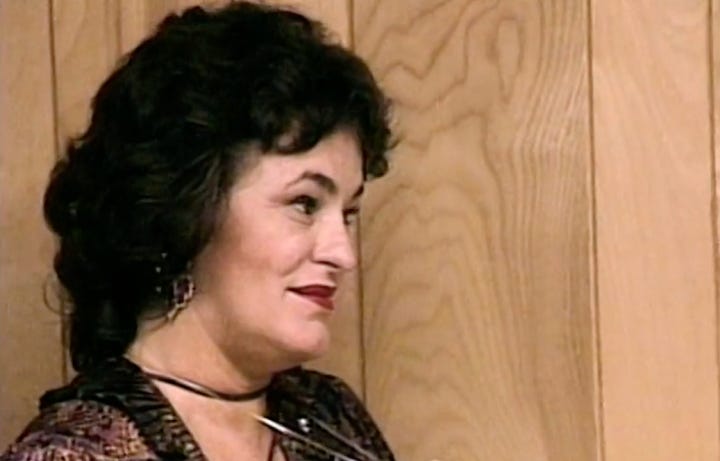
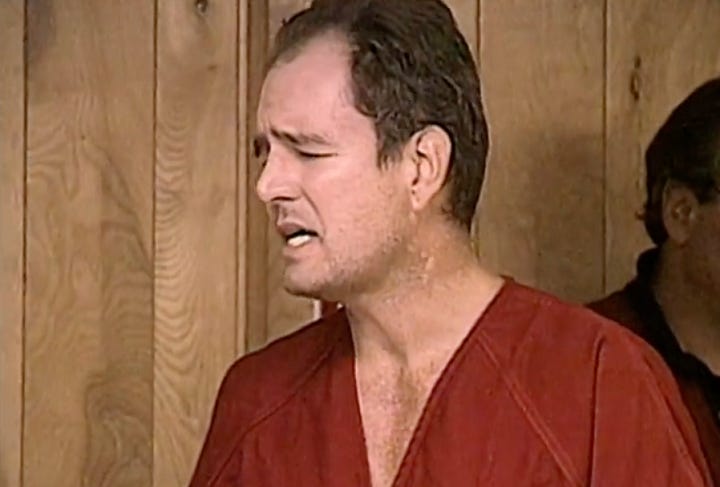
Accused of exploiting the killer and his victims for profit, she told the Post at the time: "I could have exploited him without pretending to love him. It wasn't necessary to get the story. I already had the story. Once it happened I was only honest enough to admit it."
Reflecting back decades later, London played down the romance, insisting to the Sun that her focus was writing a book, and saying that she "never" considered their relationship romantic because "there was nothing romantic about it."
"We were working closely together, and you’ll find that many people that worked together on a project develop personal feelings," she told the Sun, contradicting her younger self.
“I would describe my emotions as more maternal than anything else. I learned about his childhood and how he came to be. The emotions I felt were… I just wished I could have had access to that little boy to protect him from what was happening to him."
Schaefer’s lawsuit against Kendrick was still ongoing when, on December 3, 1995, Schaefer was stabbed over forty times in the face, head, neck and body, his throat slashed, his right eye destroyed, and several of his ribs fractured.
His body was discovered on the floor of his cell after a fellow inmate informed staff of his death. According to prison officials, a 32-year-old fellow inmate killed Schaefer after an argument over who received the final cup of hot water. Vincent Faustino Rivera was convicted of Schaefer's murder in 1999; he never confessed to the crime and never indicated any motive he may have had.
It is suspected he was killed for being a prison informant; supposedly, he was murdered in direct response to leaking confidential information to authorities pertaining to a well-respected and powerful inmate. In the year leading up to the murder, other inmates repeatedly threw human waste at him, and also set his prison cell on fire. Twice.
Upon hearing of Schaefer's death, the mother of Georgia Jessup said, "I've always believed he was going to get this. I just wish it had been sooner rather than later."
The judge who presided over his murder trial, Cyrus Trowbridge, said, "He's finally gotten the death sentence he ultimately deserved but couldn't be given."
At the time of his death, Broward County investigators were in the process of preparing further murder charges against him in the cases of three murders, but there is no consensus on when or where Schaefer began killing.
The true number of Schaefer's victims will never be known. Even before his death, he encouraged speculation while simultaneously denying ever killing anyone. He insisted up to his death that the writing police found at his mother's house was not a collection of autobiographical confessions, but of his creative fiction.
In addition to the victims discussed above:
Belinda Hutchens, 22, was the cocktail waitress who left with Schaefer in his blue Datsun. She was never seen again; police found an address book that belonged to her in Schaefer’s home with an entry for his alias, Jerry Shepherd.
Schaefer claimed that he killed Nancy Leichner, 21, and Pamela Nater, 20, last seen hiking in the Ocala National Forest. It was believed they had drowned while swimming until Schaefer confessed to their murders.
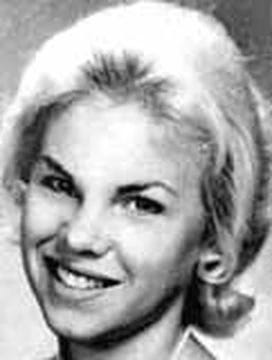
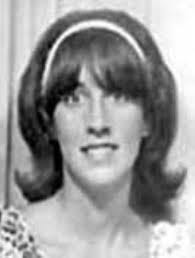
Deborah Lowe, 13, disappeared while walking to school. Her books were found in a trash can about a block from her home. Deborah’s family strongly believes that Schaefer was responsible for her disappearance; he had worked with her father, had previously visited the family’s home, and knew her schedule.
Bonnie Taylor, 20, was known to have been pulled over by Schaefer while he worked with the Wilton Manors police. She disappeared shortly after being pulled over by him and has never been found.
Elizabeth Wilt, 22, was visiting Florida from Arkansas for the Republican National Convention. She disappeared and her body has never been recovered. There is no meaningful evidence linking Schaefer to her disappearance but authorities believe that she was a potential victim of his because he was active in the area at the time of her disappearance.
Schaefer also wrote a letter when he was in prison in which he confessed to the murders of two young girls, Peggy Rahn, 9, and Wendy Stevenson, 8. This confession is considered unreliable; a witness thought to be the last person to see them alive described them in the company of a man whose physical description does not match Schaefer.


